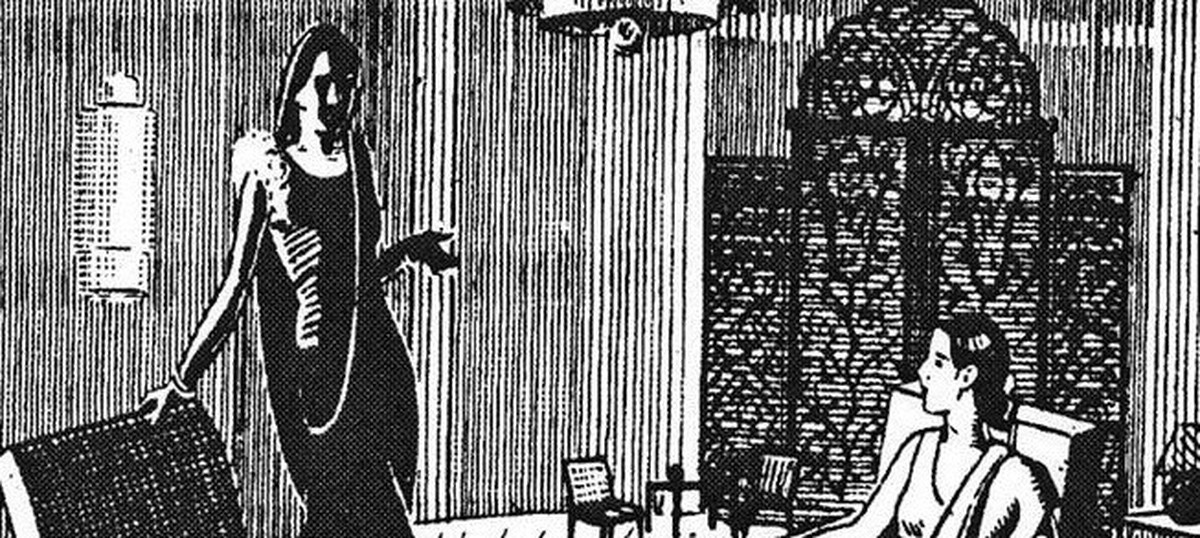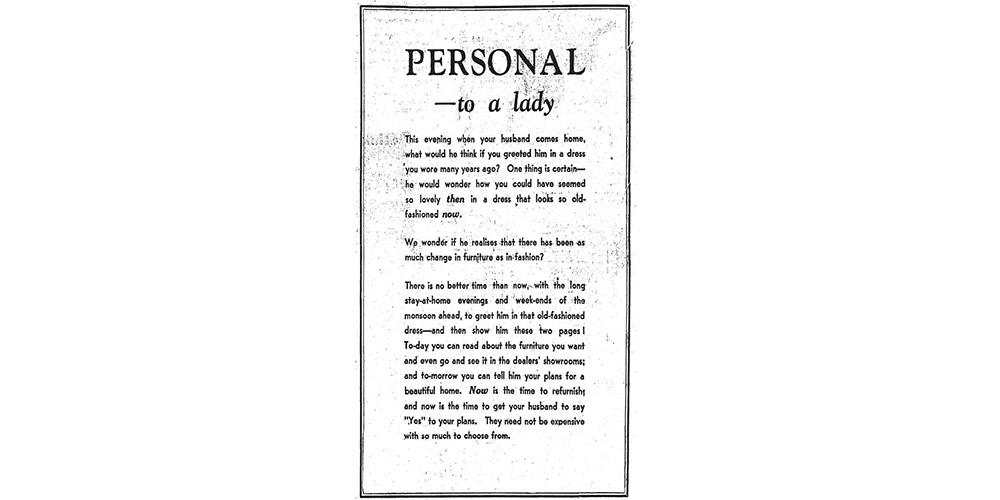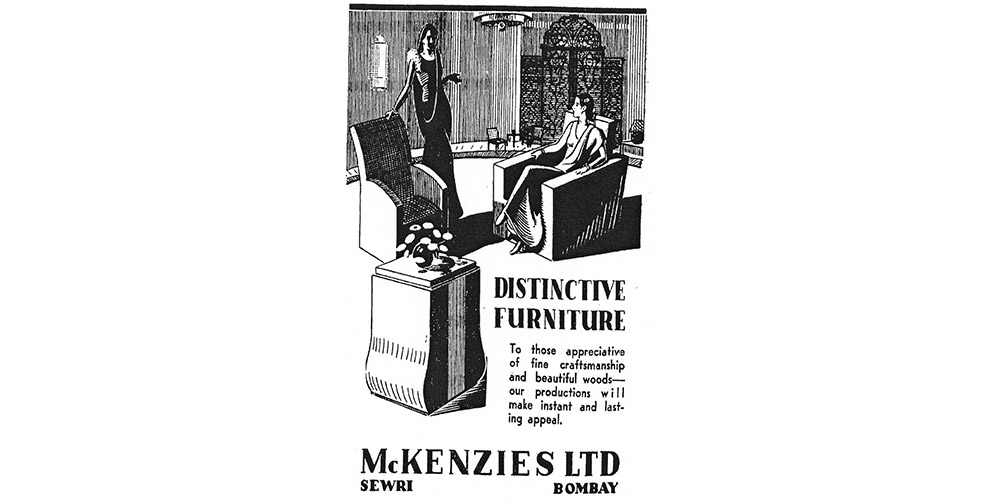
In the 1930s, Mumbai’s skyline was reshaped as a passion for the Art Decostyle cascaded around the world. Symmetrical lines, smooth curves and the trademark motifs of the “style moderne” came to dominate streetscapes. These elements also became visible in another, less-documented area: in the interior decor of the city’s upper middle-class homes.
Throughout the ’30s, even as the Western world and rural India suffered the impact of the Great Depression, Mumbai’s newspapers, exhibitions and showrooms were bursting with advertising for new, “modern” household furnishings. It was no longer enough for housewives to keep their homes sanitary – keeping up with the latest styles in home decor was just as important.
On Tuesday, a talk in the city by American historian Abigail McGowan will showcase this revolution in upwardly-mobile Mumbai homes through a series of vintage advertisements and newspaper features from the 1930s.
“When modern advertising evolved in the 1920s, most ads focused on selling fast-moving consumer goods,” said McGowan, an associate professor of history at the University of Vermont and a specialist on the visual and material culture of late colonial India. “In the ’30s, there was a sudden explosion of furniture ads and a focus on beautification of the home.”
McGowan’s interest in Indian history began in 1991, when she stayed in Pune as an exchange student for six months. She went on to specialise in South Asian studies and wrote her first book on the development of Indian handicrafts in the 1880s.
Her research on home interiors evolved from her interest in the daily, material lives of people. “In their personal narratives, people write so much about what ‘home’ means to them, and I wanted to explore the history of that,” she said. “Historians have already done a lot of work on Bombay housing, town planning and architecture, but I wanted to find out what was happening inside homes – how did people define the contours of the home?”
The home furnishings advertised in magazines and newspapers of the time looked as stylised as the architecture outside. “It spoke to a certain self-confident, cosmopolitan class in the city,” said McGowan.
The target audience for these advertisements were both Europeans living in India and urban Indians aspiring to adopt the latest styles of Europe and Hollywood. “The focus was not just on extravagance but also on being economical – many of the ads emphasised that buying new furniture or the latest appliances was not necessarily expensive,” said McGowan.



While architecture and home-buying was seen as the dominion of men, interior decor advertising was specifically targeted at women. The women portrayed in the ads either looked like black-haired Indians in Western attire, or wore distinctively Parsi saris. “Parsis were symbolic of the Westernised Indian,” said McGowan.



[Source:- Scroll]



